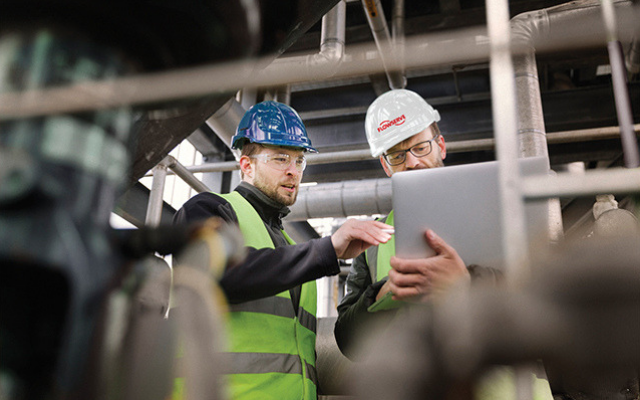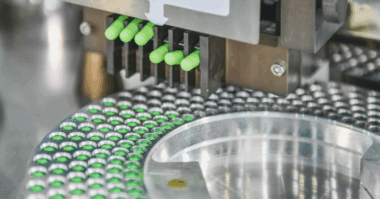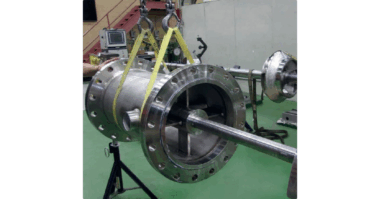We’re always keeping an eye on the key trends shaping our industry. Here’s a look at some that are having a significant impact on the refinery and petrochemical sector.
Trend #1: Rising popularity of dual pressurized seals
For years, single seals were the go-to option for refineries and petrochemical companies in North America, but now the industry is shifting toward dual seals. Since 2010, Flowserve has seen a 7% increase in North American selections of dual seals for hydrocarbon service, which now comprise of about one-half of all hydrocarbon seal selections. Based on the current trends, we estimate that within 15 years, 80% of new and upgraded hydrocarbon applications will be sealed with dual seals. However, the rate of dual-seal adoption is expected to accelerate over the next decade due to several factors, which we’ll cover herein.
Dual seals are available in unpressurized and pressurized configurations. While dual unpressurized seals are common in the U.S., refineries in Europe, the Middle East and Southeast Asia are favoring dual pressurized seals. In fact, most of the new builds in these regions use dual pressurized seals for the vast majority of their dual seal applications.
Why are more companies turning to dual pressurized seals? They prohibit emissions from escaping into the atmosphere, are often more reliable (particularly in hot processes), and have enhanced barrier fluid circulation which provides cooler running temperatures compared to unpressurized dual seals.
Although dual seals have a higher installation expense, they offer significant cost savings over their lives. Much of the savings are due to:
- Lower utility costs. Dual pressurized seals are available with self-contained cooling and pressurizing systems, significantly reducing cooling water and utility costs. The operating cost savings are particularly notable when compared to single and unpressurized dual seals that utilize a process-side external flush.
- Fewer inspections. These seals require fewer emissions and leakage inspections compared to single and dual unpressurized seals, reducing inspection costs.
- Increased compliance. Because these seals keep emissions from escaping into the atmosphere, plants can better comply with strict government regulations, eliminating EPA and Leak Detection and Repair (LDAR) fines.
As more U.S. companies realize the benefits of using dual seals, their popularity among the industry should continue to increase.
Trend #2: Greater demand for high-pressure seals
For decades, in order to optimize seal reliability, refinery and petrochemical operations opted for seals that met but didn’t exceed the pump’s normal operating conditions. However, today there is a growing interest in high-pressure seals capable of operating up to the maximum allowable working pressure of the pump.
It’s not uncommon for refinery and petrochemical plants to require high-pressure seals capable of handling:
- Surface speeds to 45 m/sec (150 ft/sec)
- Seal chamber dynamic pressures to 103 bar (1500 psi)
- Static pressures to 207 bar (3000 psi)
With these abilities, seals are less likely to fail under pressure-upset conditions, can operate more reliably in a wide array of fluids, and help refinery and petrochemical operations meet increasing environmental demands.
Trend #3: Higher adherence to API 682
We’re seeing a much higher adherence to the API 682 standard, as more refineries and petrochemical operations want to reduce their risk of exposure. It’s rare today to find refinery and petrochemical customers not including API 682-compliant equipment as part of their standard packages.
This growing dependence means rotating equipment OEMs must ensure they have a variety of API 682-compliant products in their portfolios. OEMs will also have to consider additional qualifications for new products, improve design standards, and conduct training to meet customer expectations.
And, this won’t be limited to the refinery and petrochemical industries. Even though the API 682 standard was created for these industries, companies in the chemical, pipeline and other sectors are now relying on it to design their facilities.
Learn about the entire Flowserve Mechanical Seal portfolio.




